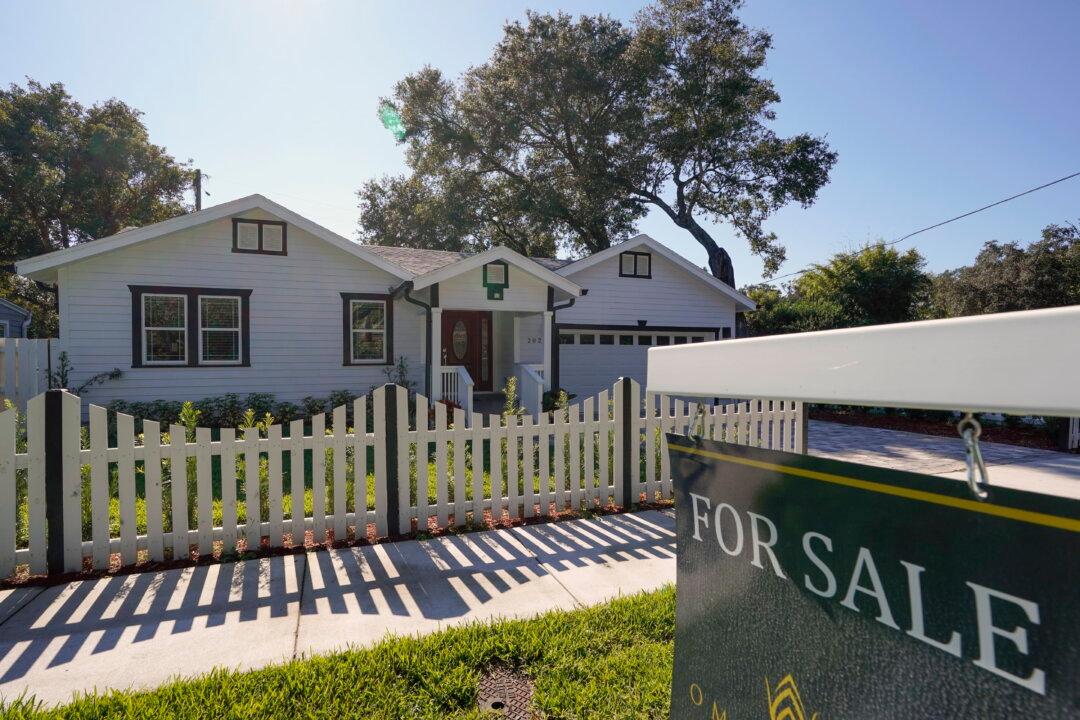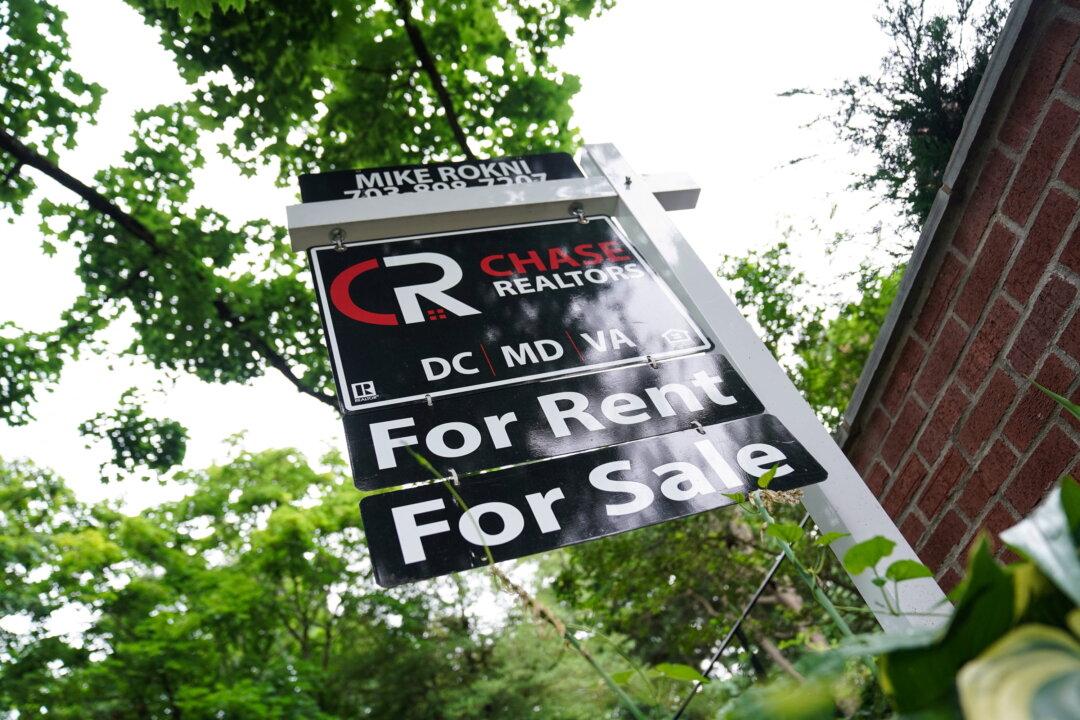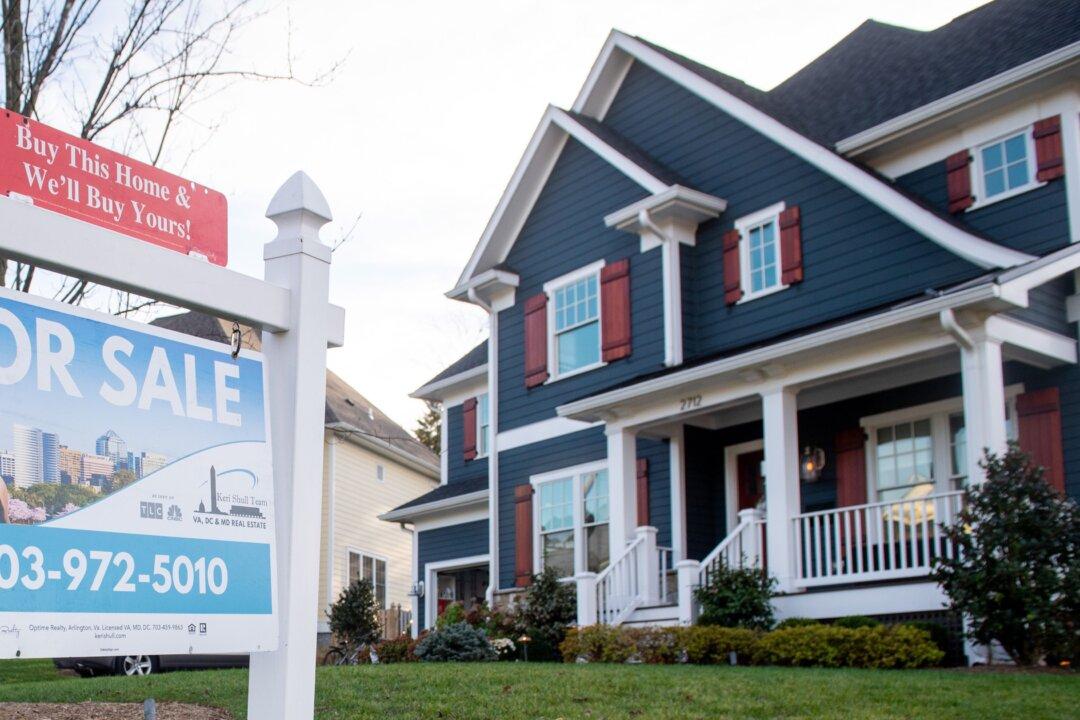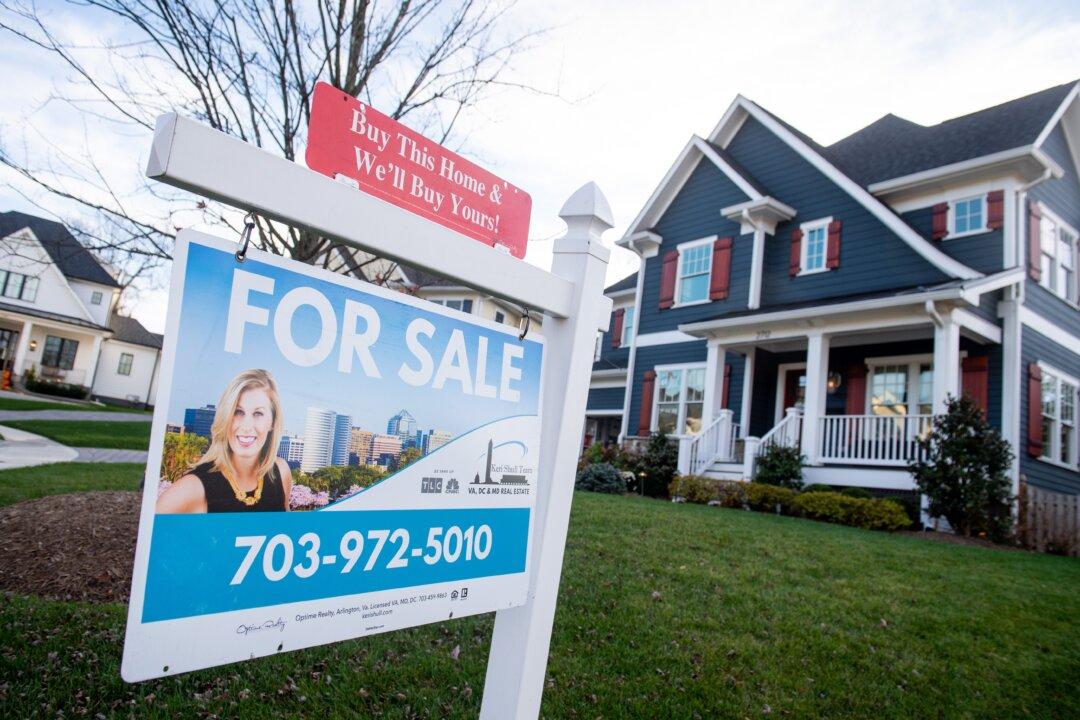You might have learned that supply and demand dictate price before you graduated from high school. There’s a less-discussed variable within that relationship—the capacity to pay.
Say that you and I are crawling through the hot desert, penniless and dying of thirst. We have a high demand for a drink of water.





